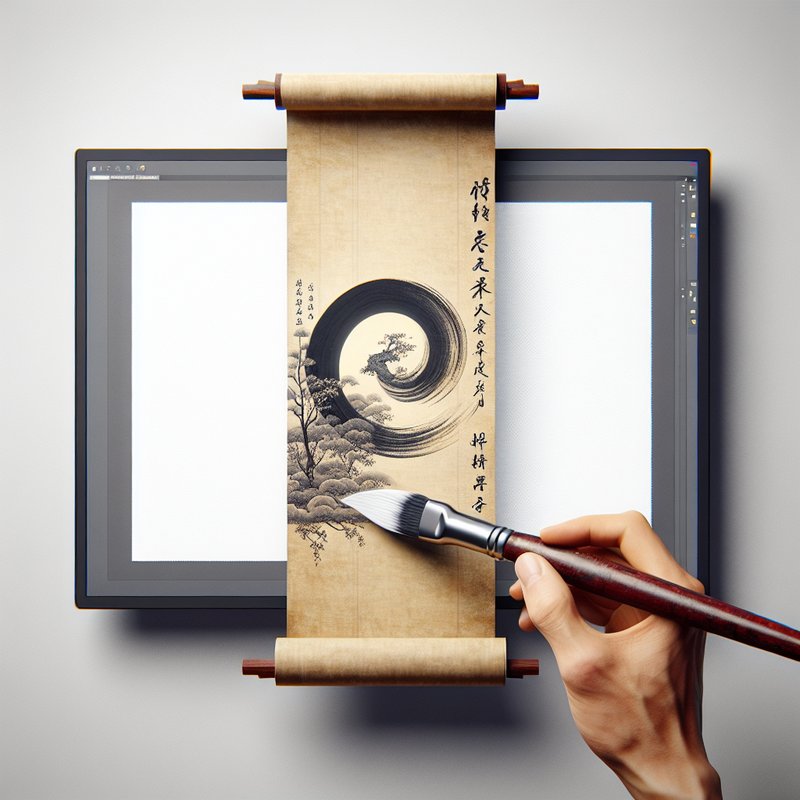The Historical Roots of Vietnamese Calligraphy

Vietnamese calligraphy has a rich historical background, dating back to the ancient times when it was primarily influenced by Chinese characters. This historical influence has left a lasting legacy on the evolution of the art form, reflecting Vietnam’s cultural ties with its northern neighbor.
The development of Nom script, a unique writing system devised by the Vietnamese, played a significant role in distinguishing Vietnamese calligraphy from its Chinese counterpart. This evolution marked a critical turn in the appreciation and practice of calligraphy as a form of identity and cultural expression.
The Cultural Significance of Calligraphy in Vietnam

Calligraphy in Vietnam extends beyond mere artistic practice; it encompasses deep cultural and spiritual meanings. Used traditionally in festivals and religious ceremonies, calligraphy embodies the essence of Vietnamese philosophy and thought.
The art of calligraphy is often incorporated in Tet, the Vietnamese Lunar New Year, where calligraphers are invited to write auspicious words and wishes. This practice symbolizes hope, luck, and prosperity, reflecting the Vietnamese people’s aspirations for the future.
Modern Adaptations and Innovations

In contemporary Vietnam, calligraphy has undergone modern adaptations, embracing technological advancements and creative innovations. Artists today blend traditional techniques with modern design concepts, leading to a fresh and appealing reinterpretation of this ancient art.
The popularity of calligraphy exhibitions and workshops in urban centers showcases the art’s adaptability and appeal to younger generations, contributing to its revival and continued relevance in modern Vietnamese society.
Preservation Efforts and Future Prospects

Despite facing challenges, various initiatives are underway to preserve Vietnamese calligraphy. Efforts by cultural institutions, combined with the passion of dedicated artists, play a crucial role in breathing new life into this traditional art.
Looking ahead, the future of Vietnamese calligraphy appears promising, with growing interest from both the international community and younger Vietnamese eager to reconnect with their cultural heritage. This resurgence in interest highlights the timeless appeal and enduring legacy of Vietnamese calligraphy.

Leave a Reply